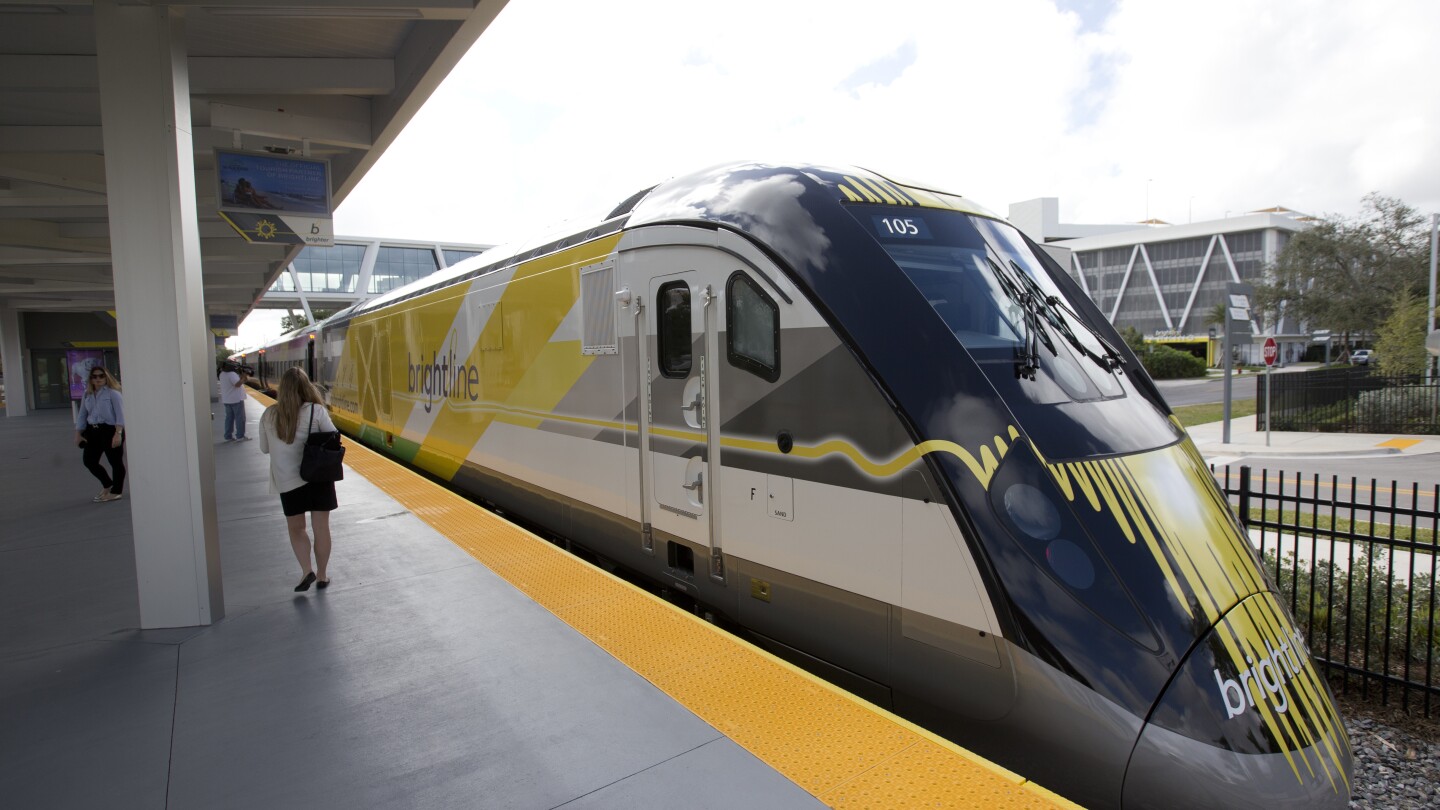- cross-posted to:
- [email protected]
- cross-posted to:
- [email protected]
Work is set to begin Monday on a $12 billion high-speed passenger rail line between Las Vegas and the Los Angeles area, with officials projecting millions of ticket-buyers will be boarding trains by 2028.
Brightline West, whose sister company already operates a fast train between Miami and Orlando in Florida, aims to lay 218 miles (351 kilometers) of new track between a terminal to be built just south of the Las Vegas Strip and another new facility in Rancho Cucamonga, California. Almost the full distance is to be built in the median of Interstate 15, with a station stop in San Bernardino County’s Victorville area.
In a statement, Brightline Holdings founder and Chairperson Wes Edens called the moment “the foundation for a new industry.”
Brightline aims to link other U.S. cities that are too near to each other for flying between them to make sense and too far for people to drive the distance, Edens said.



the goal is to Strategically place the intermodal points and help the other travel mediums (media) find their own way. Sometimes it works, and we have passenger ferries right where the subway lets out. Other times it fails, and we have really inefficient links to terminals.
They’re spoon-feeding justification for a decent transit system AND avoiding plumbing their own larger and more complex routes through trickier areas. You don’t want high-speed going through the middle of an American town, unless it’s 100% underground like the amtrak (a non-high-speed) going into Penn/Moynihan in NYC. The same shitbags with too many fingers shining lasers at airplanes will drop bricks from overpasses.
While I want to counter your argument with saying nearly every European major city has above ground high speed rail going through the city, Europe doesn’t seem to have the same number of bricks from overpasses per capita as the US.